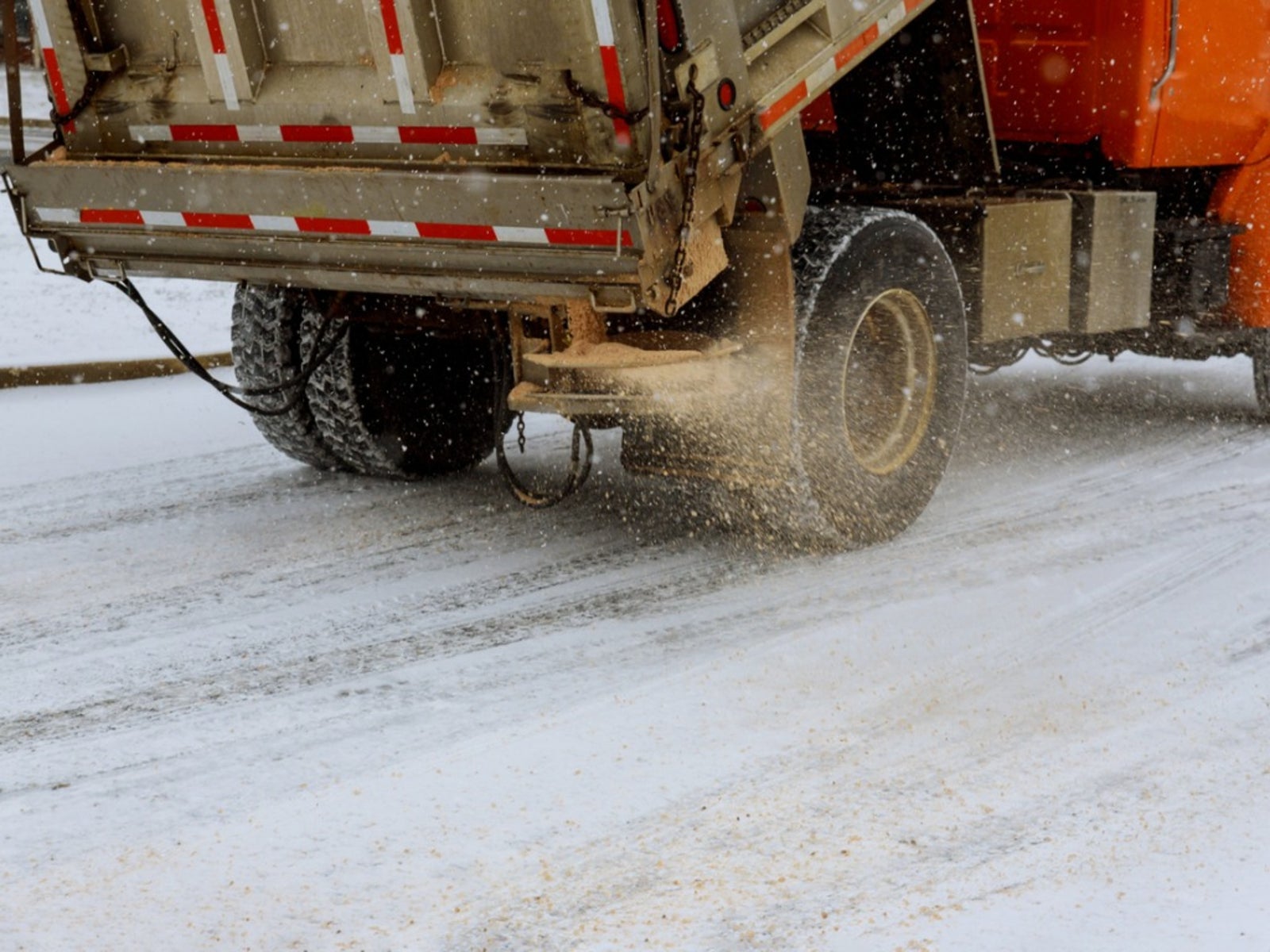Salt Damage In Winter: Tips For Repairing Winter Salt Damage On Plants


A white Christmas often spells disaster for gardeners and landscapers alike. With the widespread use of sodium chloride as a road deicer, winter salt damage to plants can be massive if there's much in the way of ice and snow. Repairing winter salt damage is a touch and go process, but there are a few ways to help protect your plant from damage in the first place.
Effects of Road Salt on Plants
Plants that suffer salt damage in winter are often hit twice-- once when the spray lands on their branches and again when salted snow slurry melts into their root zones. Salt can be incredibly damaging to plants, causing them to suffer from dehydration by bounding up water and nutrients as the sodium separates from the chloride and works its way into the plant tissues. Salt damage symptoms depend heavily on how much exposure the plant received but, in general, you'll see symptoms like stunted, yellow foliage, leaf margin scorch, twig dieback, and even premature fall coloration. Other plants may produce abundant witches' brooms or simply die unexpectedly.
How to Protect Plants from Salt Damage
If your home is located close to a commonly deiced road or you've been using a lot of deicer, there are a few ways to protect your plants from the dangerous effects of salt before they even break dormancy, including:
- Snow removal. When the snow plows come through and throw salty snow onto your plants, promptly remove it to a location far away from your plants' root zones. This will help prevent the melting snow from moving salt into the soil immediately around your plants.
- Barriers. Burlap panels are a great way to protect plants from salty spray, but you'll need to be careful that the panels are far enough away from your plants that the two never come into contact. Wash the burlap panels well between uses to rid yourself of crusty salt build-up.
- Irrigation. When plants aren't well enough protected or the snow melts too fast, you're running out of options. Luckily, salt loves water and can easily be flushed away if you act quickly. As soon as the snow melts, start irrigating your plants aggressively. A delivery of two inches (5 cm.) of water over a two hour period can help leach the salt away, just make sure to repeat the process again in three days and again if you get another unexpected snow.
If you're doing your own deicing, it may benefit your landscape if you use sand, sawdust, or kitty litter for traction instead of relying on ice-melting products for short-lived snowfalls. When snow and ice tend to stick around, choosing non-sodium deicers will help your plants live far happier and healthier lives.
Gardening tips, videos, info and more delivered right to your inbox!
Sign up for the Gardening Know How newsletter today and receive a free copy of our e-book "How to Grow Delicious Tomatoes".

Kristi Waterworth was a regular contributor to Gardening Know How for many years, answering countless queries on plant pests and diseases.
-
 My Homemade Orchid Fertilizer Always Brings More Blooms – Here's The Easy Recipe That Transforms Plants
My Homemade Orchid Fertilizer Always Brings More Blooms – Here's The Easy Recipe That Transforms PlantsScientist-turned-gardener Mary Ellen Ellis shares her tried-and-tested DIY orchid fertilizer recipe, plus more ingredients to try for healthy, happy plants.
By Mary Ellen Ellis
-
 Looking For Plants To Give You The Soft And Fuzzies? Try These 5 Fuzzy Leaf Plant Options
Looking For Plants To Give You The Soft And Fuzzies? Try These 5 Fuzzy Leaf Plant OptionsLovers of texture, drama, silver foliage and tactile plants will adore these special sensory garden additions. These fuzzy leaf plant options will leave you all aglow
By Susan Albert